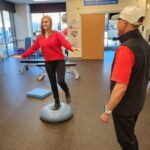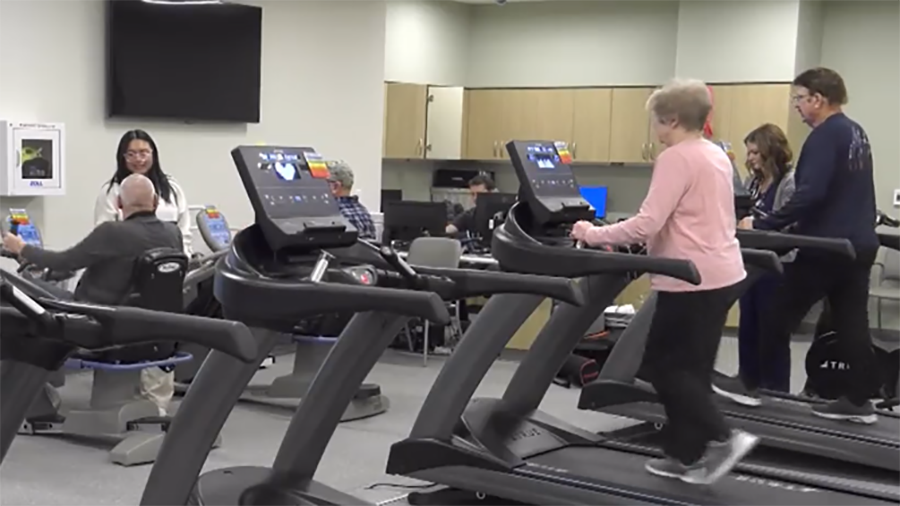Safe on the slopes: how to prevent winter sports injuries
Jan 4, 2024, 5:56 PM | Updated: 6:29 pm
PARK CITY — Winter sports are a great way to have some fun during the cold months, but whether you’re a novice or an expert, it’s important to be aware of the risk of injury.
More than 124,000 people were treated for winter sports-related injuries in 2022, according to the latest Consumer Product Safety Commission data, and the majority of those injuries occurred while skiing or snowboarding.
“You always have to prepare to meet the demands of your sport,” Chris Antinori, a certified athletic trainer at Intermountain Health, said.
He sees a lot of knee, shoulder, and wrist injuries.
“You have this long lever on your foot with a ski,” he said. “(With) snowboarding, there’s a lot of falling on the wrist. A lot of times, ski poles, the straps, those can be a real cause of injury.”
So, how can you stay healthy and avoid injuries? According to Antinori, the key is staying in shape.
“Fitness is king,” he said. “The fitter you are, the stronger you are, the more prepared you are, the less likelihood you’re going to be injured.”
Adding a conditioning routine to your workout can help improve your mobility and strengthen your joints. Antinori suggests exercises like squats, lunges, and planks. To improve your balance, you could try standing on one foot; if that’s too simple, move to an unstable surface like a pillow or couch cushion.
Additionally, when you’re hitting the slopes, be sure to have the right equipment. Make sure your boots fit properly, your skis or board are the right length for your ability level, and of course, don’t forget your helmet.
Antinori said the little things make a big difference.
“When you get out on the slopes, you have a lot of uncontrollables about you,” he said. “So, you want to control the controllables prior to getting out there.”
It’s vital to stay hydrated and get enough rest.
“If you’re not sleeping properly, that will decrease reaction time, strength, power, all of those things,” he said. “As you start to get fatigued, you start to lose form. And as you start to lose form, you’re at more risk for injury.”
Experts say when participating in winter activities, know your limits. Taking breaks helps prevent overexertion and injuries.
If you do get injured, contact your medical provider.














